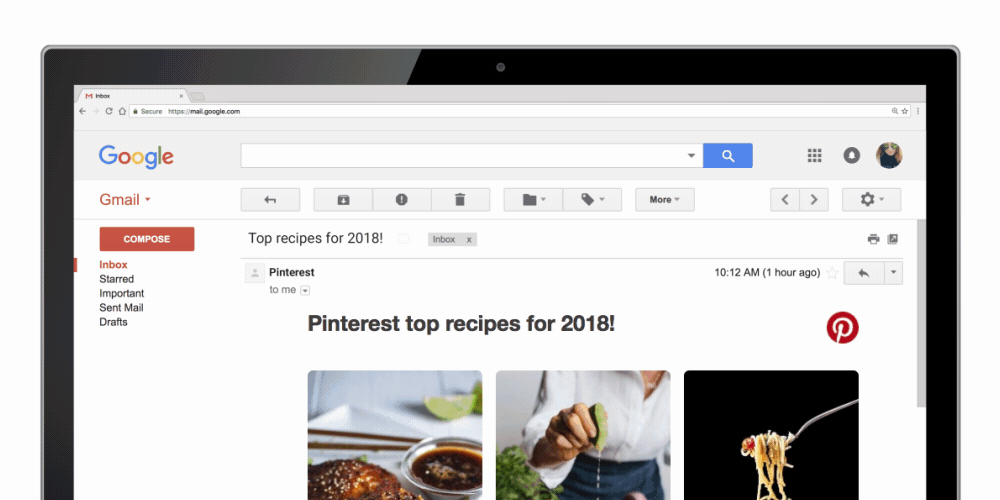How does… Google’s AMP for email work?
We’ve been asking some of the industry’s most knowledgable boffins to use their knowledge to help you through those confusing meetings and indecipherable conferences. Here, Orange Line’s Bruno Rodriguez explains how Google’s AMP for email works.
In February, Google announced accelerated mobile pages (AMP) for email in an attempt to forever change the way email marketing operates. Simply put, AMP is a technology designed by Google for making websites load faster.
Since 2016, websites with AMP have seen performance improvements and received more SEO traffic from Google. Despite a costly implementation and set-up, sites that rely on SEO and mobile traffic have embraced AMP.

What does AMP for email mean?

